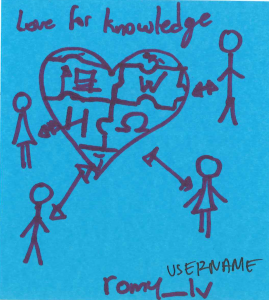
In the vast expanse of modern technology, where streaming services beam entertainment directly into our living rooms and businesses rely on seamless communication, there exists a group of unsung heroes: satellite installers. These technicians work tirelessly to connect people and businesses to the world beyond, often in remote or challenging locations. Let’s delve into the world of satellite installers, exploring their crucial role and the challenges they face.
Mastering the Art of Connectivity
Satellite installers are the architects of connectivity, tasked with installing, maintaining, and troubleshooting satellite dishes and equipment. Their work spans various sectors, from residential installations for television and internet services to complex systems for businesses, military operations, and emergency services.
Each installation is unique, presenting its own set of challenges. In urban areas, installers navigate crowded rooftops and complex building structures to ensure optimal signal reception. Conversely, rural installations may require trekking through rough terrain or scaling heights to reach remote locations. Regardless of the setting, satellite installers must possess a blend of technical expertise, problem-solving skills, and physical stamina.
Navigating Technological Advancements
In an industry characterized by rapid technological advancements, satellite installers must stay abreast of the latest developments. From traditional geostationary satellites to cutting-edge low Earth orbit (LEO) constellations, the landscape of satellite communication is evolving rapidly. Installers must adapt to new equipment, protocols, and installation techniques to deliver reliable connectivity to their customers.
Moreover, the rise of satellite internet services, driven by companies like SpaceX’s Starlink and Amazon’s Project Kuiper, has revolutionized internet access in underserved areas. Satellite installers play a pivotal role in bridging the digital divide, bringing high-speed internet to remote regions where traditional infrastructure is lacking.
Overcoming Challenges
The work of satellite installers is not without its challenges. Harsh weather conditions, including rain, snow, and extreme temperatures, can impede installations and affect signal quality. In remote areas, access to power sources and equipment can be limited, requiring installers to improvise and adapt to ensure successful installations.
Furthermore, troubleshooting technical issues requires a combination of diagnostic skills and patience. Identifying signal interference, equipment malfunctions, or alignment errors demands meticulous attention to detail and a systematic approach to problem-solving.
The Human Element
Beyond their technical prowess, satellite installers often serve as the face of the companies they represent. Their interactions with customers can shape perceptions of the brand and influence customer satisfaction. Effective communication, professionalism, and a commitment to customer service are paramount in fostering positive experiences and building long-term relationships.
Moreover, satellite installers play a vital role in emergency response efforts, providing critical communication infrastructure during natural disasters or humanitarian crises. Their ability to swiftly deploy and restore connectivity can be a lifeline for affected communities, enabling coordination and access to essential services.
A Final Thought
In an increasingly interconnected world, satellite installers are the unsung heroes behind the scenes, ensuring that communication knows no bounds. From the urban jungle to the remote wilderness, their dedication and expertise keep the world connected. So, the next time you tune into your favorite television show or send an email from a remote location, take a moment to appreciate the work of these skilled technicians who make it all possible.




